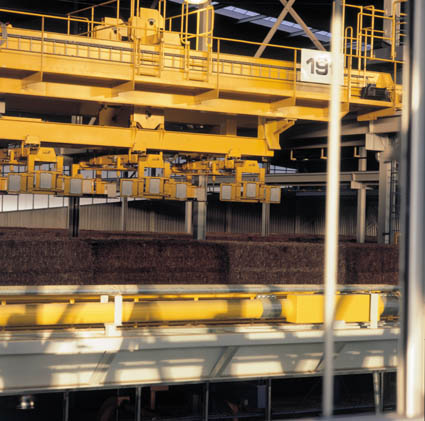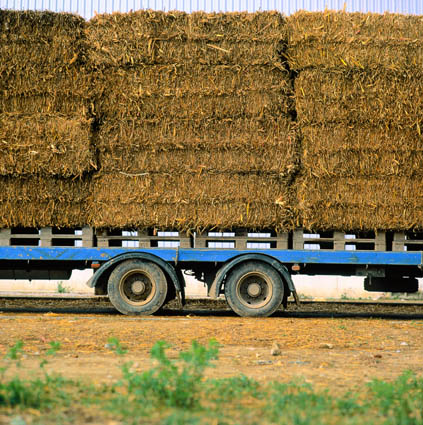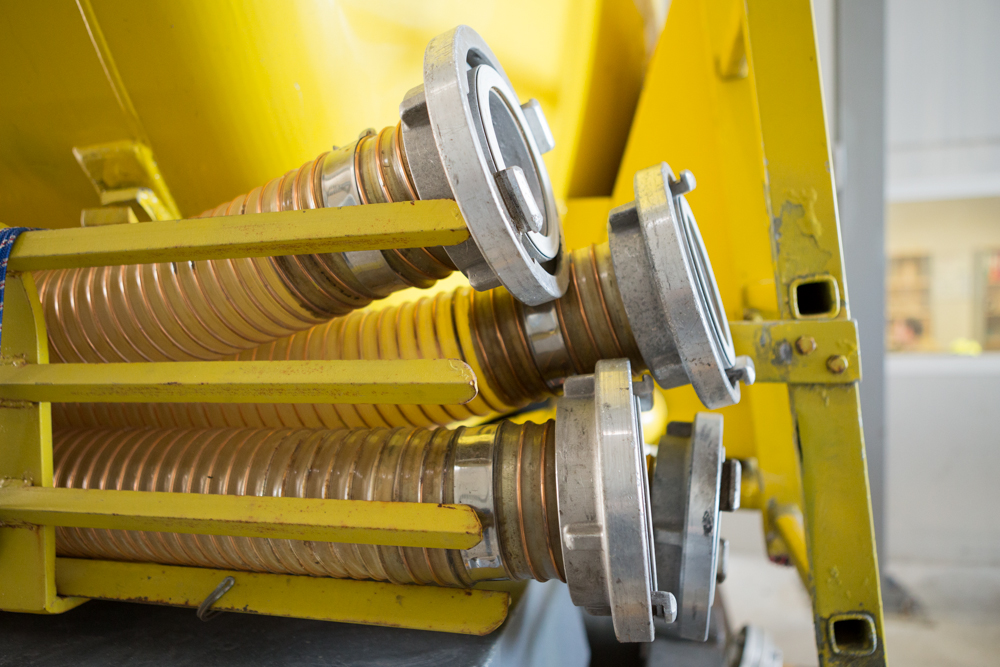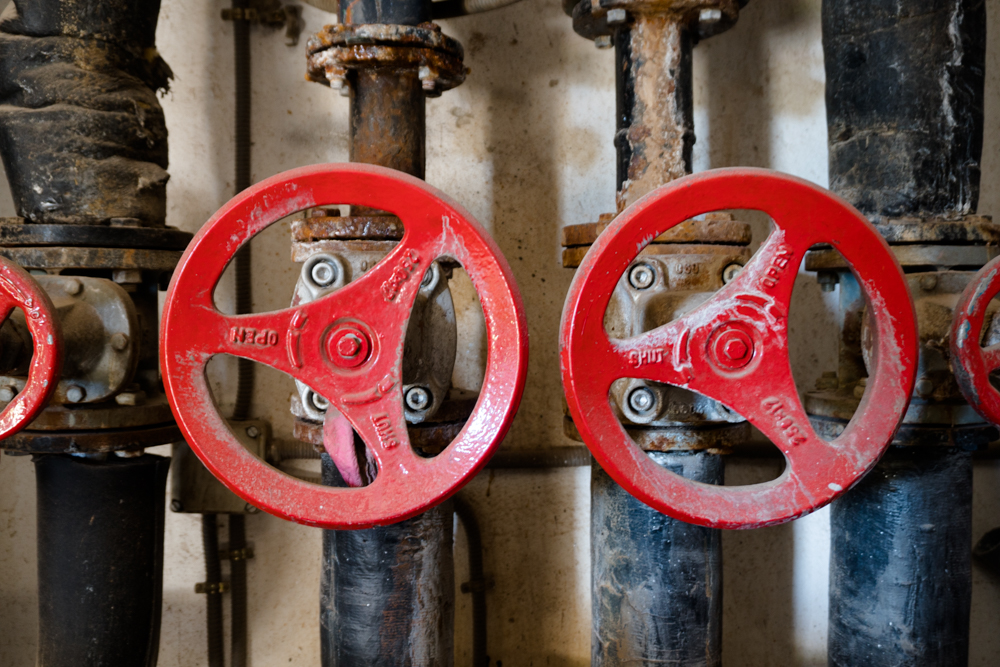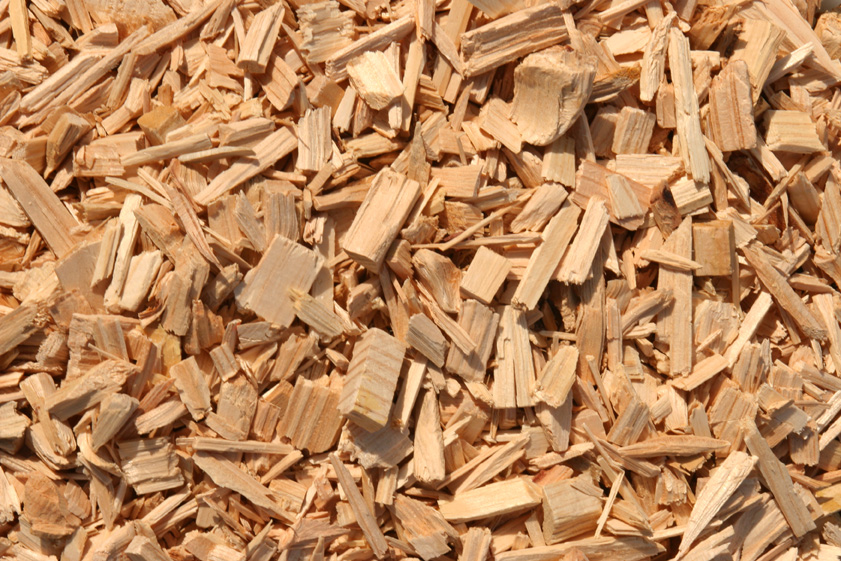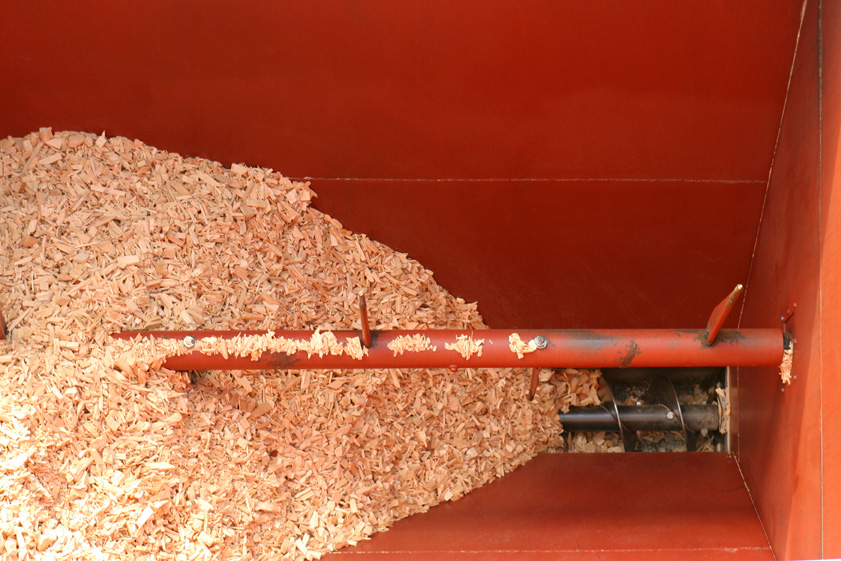Biomass refers to organic matter (of vegetable or animal origin) and the materials which are products of its natural or artificial transformation. Directive 2009/28/EC on the promotion of the use of energy from renewable sources defines biomass as “the biodegradable fraction of biological products, wastes and residues from agricultural activities (including substances of plant and animal origin), forestry and related industries, including fisheries and aquaculture, as well as the biodegradable fraction of industrial and municipal waste”. In other words, biomass is a very broad concept that includes everything from waste from forestry, agricultural and livestock activities to the organic fraction of domestic and industrial waste, including by-products from the food, agriculture and wood-processing industries. Due to their particular characteristics and their different regulatory treatment, domestic and industrial waste are discussed in a separate section on waste and residues.
The main fuels obtained from biomass are firewood, wood chips, pellets, olive pits and fruit peel. Cut and chopped firewood, ready to be used in domestic combustion appliances such as stoves or fireplaces, is the least processed of the five products and has traditionally been used in single-family dwellings. In general, its dimensions are between 15 and 100 cm. Wood chips are produced by crushing biomass of woody origin, from either agriculture or forestry, and are of variable size depending on the degree of crushing to which they have been subjected. The pellets are the most processed product, and are small cylinders 6-12 mm in diameter and 10-30 mm in length made from sawdust, chips or other compressed waste that can be used as fuel. Olive pits and fruit peels - although used in smaller quantities than firewood, chips and pellets - are also increasingly used as fuel.
In recent years, as exploitation of the immense available potential has increased and a market for biomass has been established, with the agents involved and the volumes traded increasing, efforts have been made to standardise and certify the quality of this type of fuel. The focus has been on chips and pellets (ISO 17225 standards), but there have also been recent studies (BIOMASUD) and specific standards addressing residues such as olive pits and fruit peels (standards UNE-164003 and UNE-164004, respectively).
Thermal applications of biomass are mainly through boilers, stoves or fireplaces. Boilers are the only equipment capable of providing both heating and hot water, while stoves and fireplaces allow the room in which they are located to be heated. Boilers can be installed in either single-family homes or in apartment buildings of any size, since boilers exist from 20 kW to more than 1 MW (and there are much larger sizes for heat networks and industrial or power generation applications). For example, an apartment building with 40 flats located in central-northern Spain could satisfy their heating and hot water needs with a 400-500 kW boiler (the appropriate power will need to be calculated case-by-case, based on the historical consumption of the community in question). These installations are usually accompanied by inertia tanks which balance stable boiler operation against a heat demand that varies throughout the day. Boilers can also be used in the industrial sector, for the production of either hot water or process steam. In contrast, stoves and fireplaces are usually installed in single-family homes or commercial premises, with the most common power of the stoves being between 8 and 15 kW.
In recent years, the technological development of boilers and stoves has led to equipment being available on the market which has a high degree of automation (e.g. for fuel feeding or ash removal) and much lower emission levels than the equipment which was available a few years ago.
A particularly interesting option is heat networks. Because of their greater energy efficiency and the use of economies of scale, these allow a greater number of users to be reached. There are already examples of these heat networks in Spain, from installations with 400 kW of power and several hundred metres of pipelines that serve several municipal and private buildings (such as the El Atazar municipal network in Madrid), to installations of around 15 MW and more than 10 km of network, such as those already in operation in the cities of Soria and Móstoles or in the University of Valladolid.
The IDAE has various subsidy programmes for biomass use in the residential and industrial sectors (BIOMCASA II, GIT, PAREER-CRECE).
Finally, it should be pointed out that the mobilisation of biomass not only means obtaining a renewable fuel, neutral in terms of CO2 emissions and competitive in price with fossil fuels imported from outside Spain, but also plays a fundamental role in improving forest management and the socio-economic development of Spanish rural areas.

